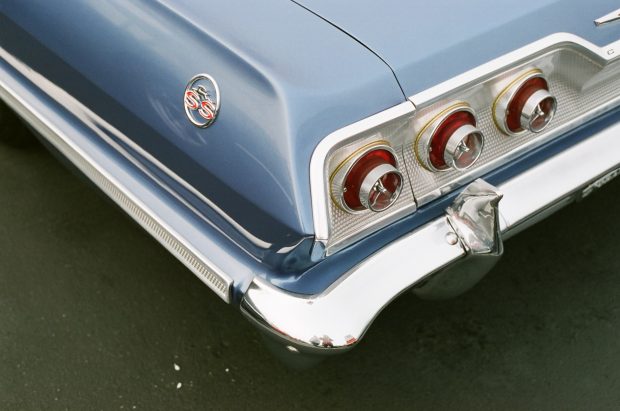We’ve all driven hastily at some point, backing into a barricade or another car resulting in a dent. Most car owners look for a quick fix, opting to go for cheap body filler and painting over the dent. The quick fix works for cosmetic purposes but leaves your bumper vulnerable to major damage, the next time you bump into something.
Plastic bumpers require a little more care, in terms of dent repair. We go through the dent repair process, from removing the bumper to painting it, so you know exactly what to expect the next time you go into an auto shop.
Step 1: Removing the bumper
It is difficult to remove a dent from a bumper without removing the bumper from the car. Bumpers latch on to vehicles with the help of pins and screws. Mechanics unscrew them and remove the bumper.
The position of the screws and pins varies from vehicle to vehicle. An experienced mechanic will know where they are, taking the proper measures to remove them without damaging the bumper in any way.
Step 2: Applying adhesive
The next step is to apply repair adhesive to the bumper. Selecting an adhesive to apply can be tricky. Mechanics look at the label inside the bumper to determine its plastic material. Typically, the label will read TPUR, PUR, PPPO, PP, or TPE. The adhesive applied to the bumper should be compatible with the plastic material of the bumper. Otherwise, it can ruin the bumper.
The adhesive is applied to the inner surface of the bumper, where the dent appears. The bumper is set aside for some time for the adhesive to cure.
Step 3: Prepping the fascia
To prep the fascia, the damaged area is scuffed and cleaned. Typically, a plastic surface cleaner is used to thoroughly clean the area. In case of a cut or torn bumper, both the outer and inner surfaces are scrubbed.
Once the bumper is scuffed, it is cleaned, wiped with a dry cloth, and prep solvent is applied. Give some time for the solvent to dry.
Step 4: Grinding a “V”
Use 80-grit sandpaper to smoothen the damaged area of the bumper. Next, a ‘V’ groove is formed on the inner and outer part of the damaged area with the help of either a drill or rotary file. The ‘V’ should not be too deep, just enough to help you align the edges of the bumper easily.
Step 5: Repairing the tear
To repair tears and cuts mechanics work on the inner part of the bumper. It starts with putting fiberglass-repair tape over the cut. To repair it, adhesive and hardener are applied. On a piece of paper or cardboard, mix equal amounts of both and apply it to the cut or tear with a body-filler squeegee. Give the mixture about 20 minutes to harden.
Step 6: Applying the plastic filler
The next step is to use grit sandpaper to sand the fascia of the bumper. Sand any part that exceeds the finished level of the bumper, to smoothen it out. During the process, cuts and tears may reappear. Therefore, repair material is reapplied and leveled.
Step 7: Sanding and contouring
Now, it is time to level the bumper properly. Using 80-grit and then 120-grit go over the damaged area. Then, apply a light coat of repair material to cover any imperfections. Then using a 400-grit paper, sand it again to finish the process.
Step 8: Paint
The repair is now complete, the only thing left is repainting the bumper. The process starts with the application of two coats of flexible part sealer. The bumper is left to dry for about 30 minutes. Then, the primer and paint are applied. The bumper is left overnight to dry and reinstalled to the car.
Final thought
Repairing a vehicle’s bumper is not a quick process. It requires time and effort. Doing the job rashly leaves the bumper vulnerable to more damage. You need to make sure you opt for a reliable auto shop that offers paintless dent repair in Saskatoon or any other city. So, you know for sure that your car is in good hands and the dent work will be thorough.
Read More:
How much should I spend on a new car?


